The Rheinbote – Rhine Messenger – was designated as a V4 Rocket like the V1 Flying Bomb and V2 Rocket. This 11,40 meter long four-stage rocket is fairly unknown. Weighing around 1600 kg, this was an unguided surface to surface rocket with a range of about 200 – 220 kilometers. The rocket would climb to an altitude of under 80 kilometers into the stratosphere, before descending on its target. At its peak the Rheinbote reached a speed between 6000 and 7000 km/h, probably the fastest object of its time. Mach 5.55 is indicated in the Cosford Museum in the United Kingdom, a staggering 6800 km/h (4224 mph). For its length, speed and distance it had quite a small warhead of only 40 kilograms and carried 25 kilograms of explosives.
It was developed by Rheinmetall-Borsig at Berlin-Marienfelde in 1943. Unlike the surface to air missile Rheintochter of the same company this was the only long-range battlefield ballistic missile to enter service in World War II.

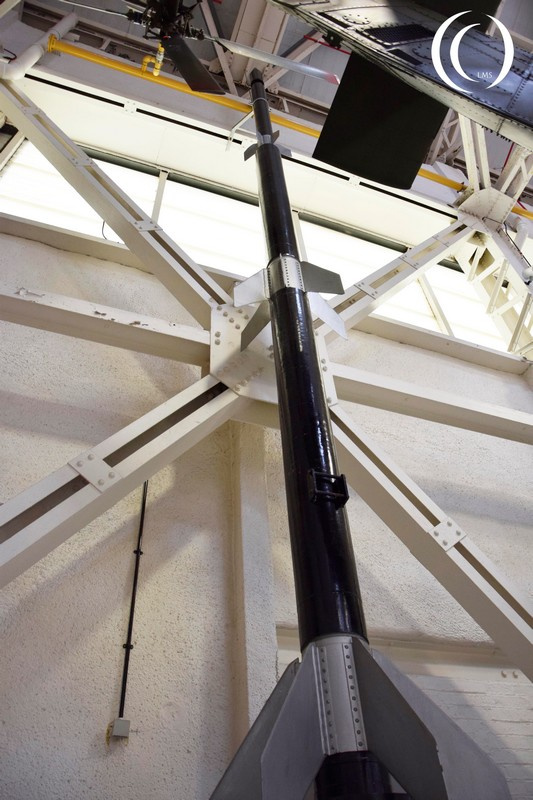
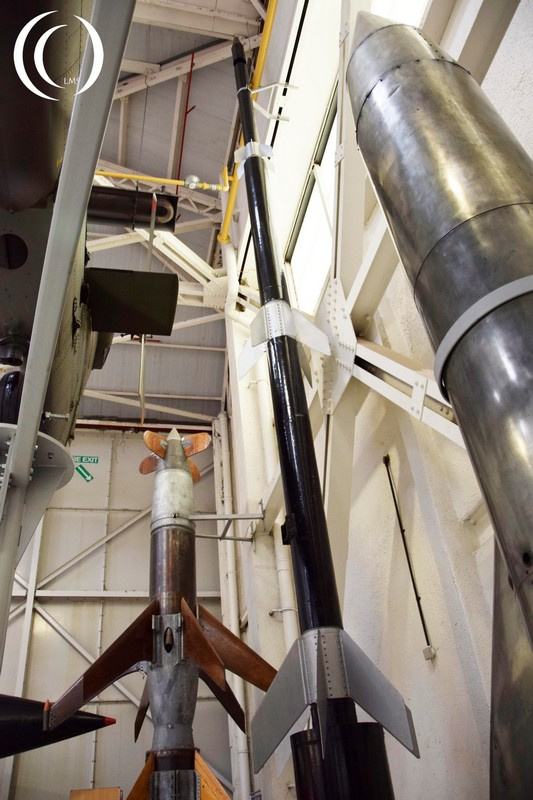
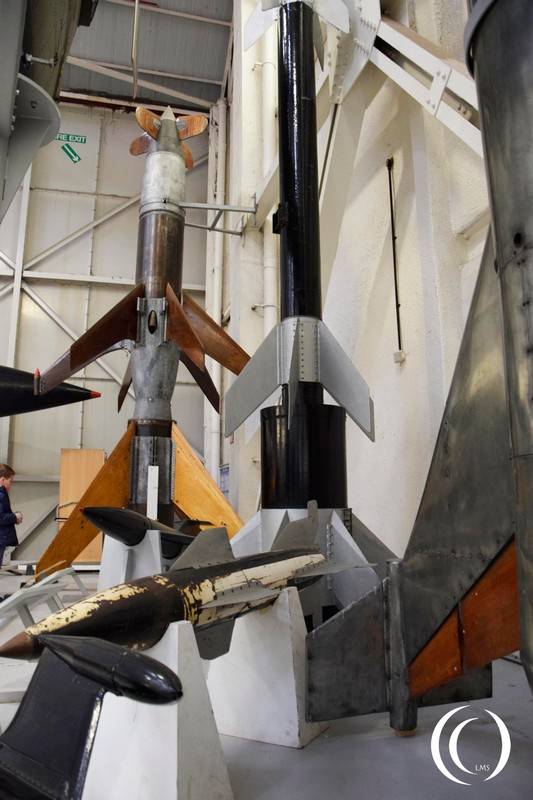
The Rheinbote used the Meillerwagen – the V2 Rocket transport cart – as launch platform. It was transported to a designated area with a crew of 8 and after the Meillerwagen was set up in direction and height the missile was launched. It was unguided so after launch it was not adjustable, for stability every one of the four stages was outfitted with fins. Before launch distance was calculated and the angle and direction was set with the Meillerwagen and crew.
It is known that about 200 were fired on the Belgium city of Antwerp. About 15 Rheinbote were fired from a forest – Zandenbos – near the Dutch town of Nunspeet. Here the engineers miscalculated the angle which made the 15 fired Rheinbote rockets overshoot their targets and land near Gent instead of Antwerp. Like the V2’s the Rheinbote was fired at Antwerp when the Allied took over the city and harbor.
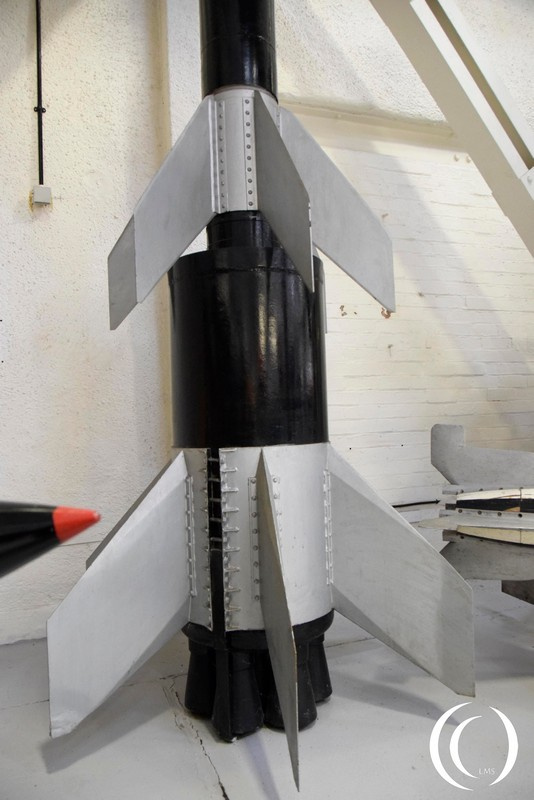
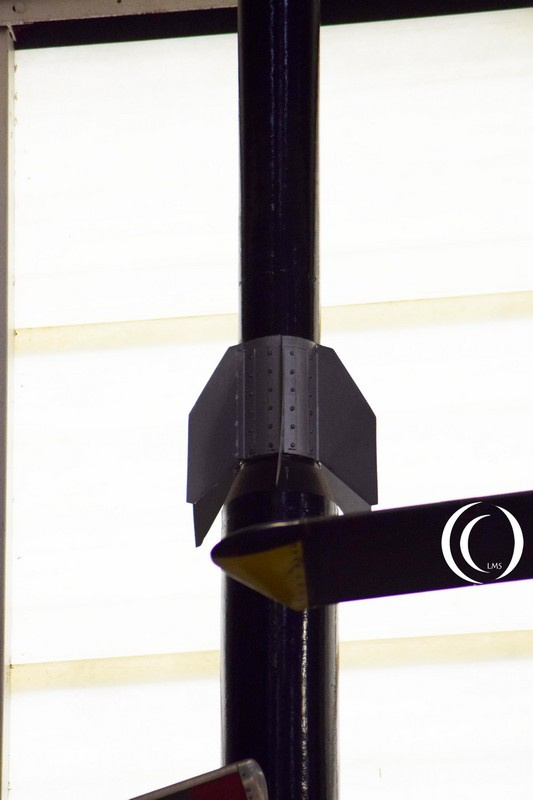
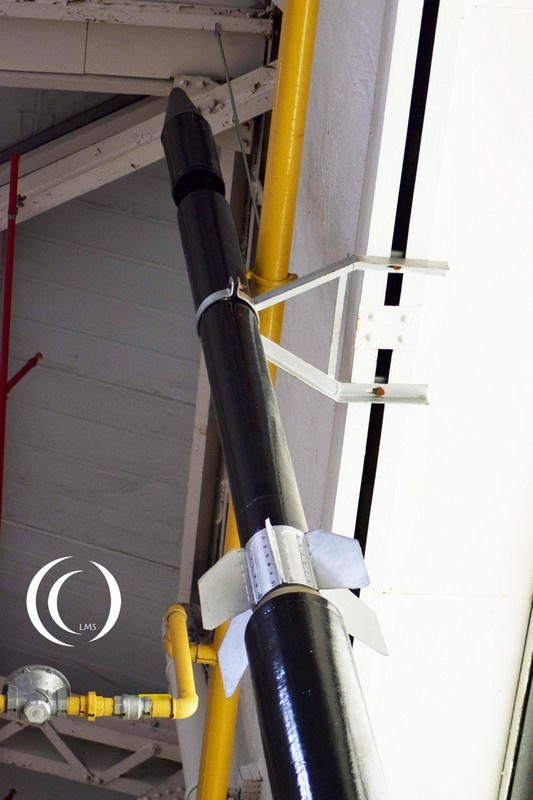
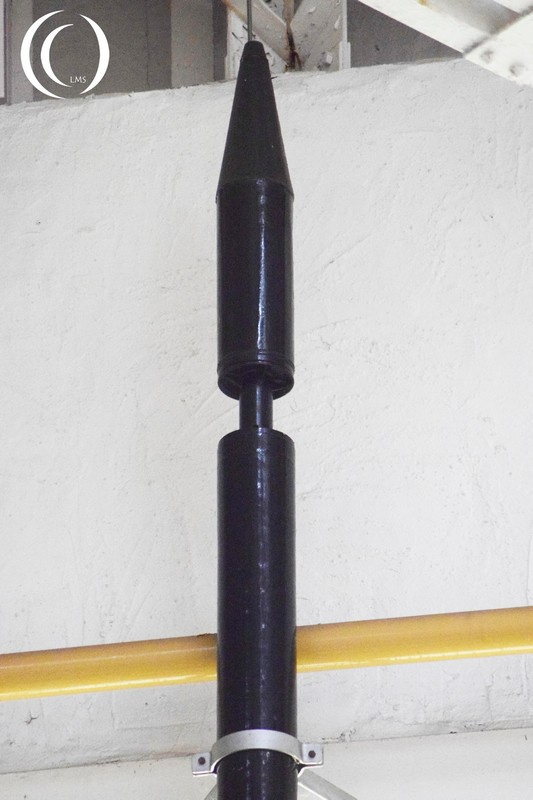
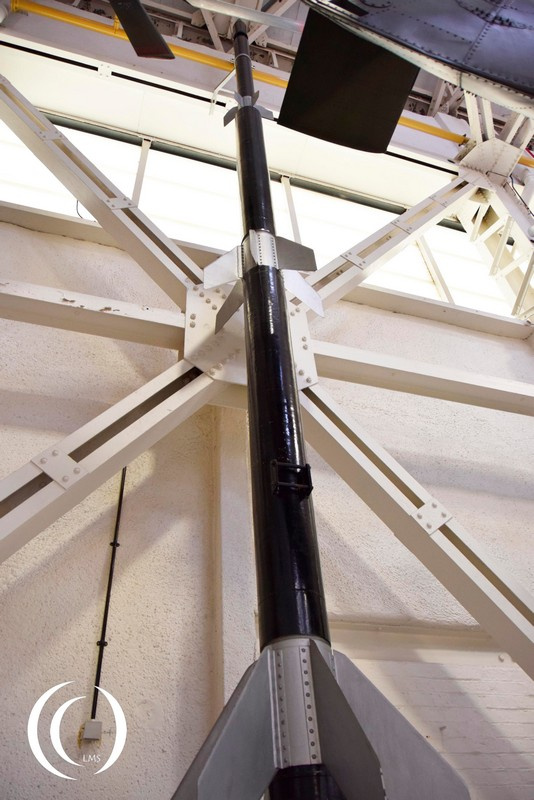
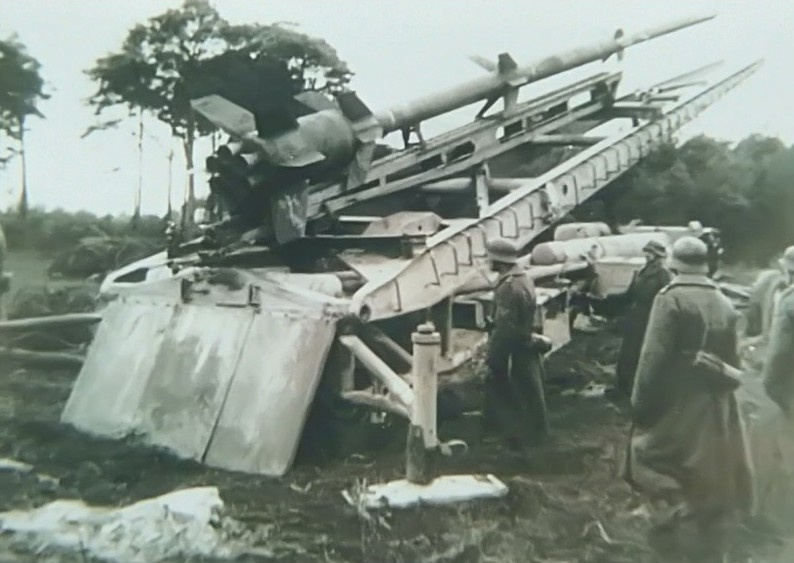
The V in V4 stands for Vergeltungswaffe or Vengeance Weapon, 4 types are known today.
V1 – Flying Bomb – Cruise Missile
V2 – Rocket – Guided Ballistic Missile
V3 – Cannon – Hochdruckpumpe (High Pressure Pump)
V4 – Rocket – Rheinbote – Unguided Ballistic Rocket
An excellent article. Couldn’t the Germans insert a guidance system like they had for the V2 ? Was the V3 tried and what were supposed to be its performance details?
Thank you very much Asaad.
This is a bit speculation but we think the V4 Rockets were to narrow to hold any guidance system made back then, the systems were crude to our standards. Saying that, effective guidance systems was in their childhood back then so in this case the Germans used what they could to stop the Allies. This V4 Rheinbote is an example of great mathematics. Firing an object into the stratosphere over an arced trajectory 160 kilometers long (80 up & 80 down) and even hitting an object is something to consider.
The V3 cannon was tested and used. Misdroy in Poland is a testing location which fired some rounds between 20-24 May 1944 reaching a distance of 93 kilometers. A operational site was planned at Mimoyecques but this was put out of action by the 617 Squadron (the famous Dambusters). Another operational site was set up in Germany, Lampaden which was operation during the Battle of The Bulge and fired on the city of Luxembourg. Two guns became operational, one on 30 December 1944 the other 11 January 1945. They fired 183 rounds until February 22nd . It stopped firing when Allied (U.S.) troops got close. The last location was in Buhl (Germany) to support Operation Nordwind – the southern part of the Battle of the Bulge operation but this location never fired a single shot.